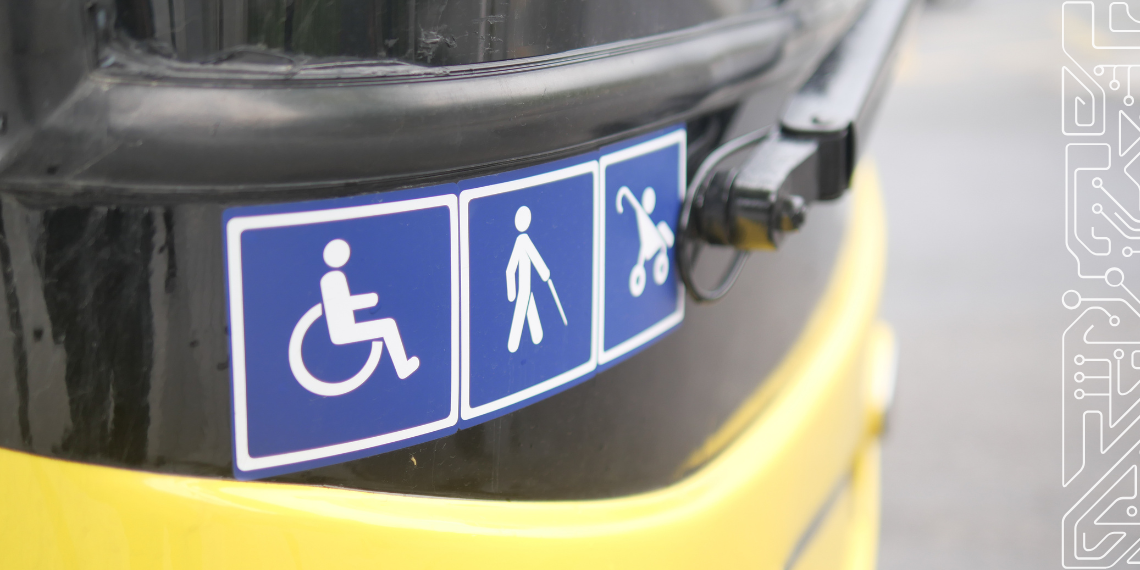A team of researchers from INESC TEC, the Faculty of Science and Technology of the University of Coimbra (FCTUC) and the Faculty of Engineering of the University of Porto (FEUP) is working to turn inclusive accessibility into a reality in public transportation. The AllAboard project has already begun, focusing on improving the user appeal of public transportation, helping the sector remove the barriers that impact users’ experiences with said mobility options.
And there are several obstacles to address. Besides physical aspects, there are other elements that may influence the experience the moment passengers arrive at a station – e.g., how information is presented (signage, available services or fares); the interactions or contact points within the service, with staff, ticket machines or turnstiles; and the infrastructure itself, including long transfer distances or lift locations. Every detail matters when it comes to accessibility.
“These barriers may not be obvious, as they vary from person to person, but they represent a factor of exclusion that prevents certain social groups from using public transportation,” explained Marta Campos Ferreira, researcher at INESC TEC. She mentioned that the AllAboard project aims to make public transportation more “attractive” through the concept of inclusive accessibility. “We look beyond the physical access to infrastructure and examine how easily people can access the public services themselves,” she claimed.
While service operators comply with accessibility regulations, they do not always identify other limitations. Conversely, passengers have a form of “perceived accessibility” which may differ from the standards defined by law. In other words, they assess the quality of the service based on their perception – and their experience is shaped by the physical and non-physical barriers they face.
The research team will begin by identifying population groups with special mobility needs. They will then map both physical and non-physical barriers affecting accessibility for these groups, prioritising actions to mitigate negative impact and maximise positive outcomes.
Based on this analysis, the project will develop tools and simulation protocols to support service prototyping, as well as a framework comprising an accessibility assessment tool and guidelines to help operators improve both accessibility and overall passenger experience in transportation hubs.
“We will develop simulation tools, including digital twins of transportation hubs in immersive virtual reality environments, and attach sensors to objects associated with the special mobility needs of certain groups, like wheelchairs or strollers,” explained Marta Campos Ferreira.
The project also includes simulated user experiences to evaluate existing barriers and test co-created service prototypes.
“After the testing phase, the team will review and adapt accessibility requirements, and the project results will support the development of an evaluation tool and a set of guidelines to help public transportation operators assess and improve passenger experience, fostering truly inclusive accessibility,” concluded the researcher.
AllAboard is funded by COMPETE2030, with a total budget of nearly €250K, and is expected to conclude in 2028. It brings together researchers from CITTA – Research Centre for Territory, Transports and Environment (FEUP and FCTUC), FEUP, and INESC TEC.
The researcher mentioned in this news piece is associated with INESC TEC and FEUP



 News, current topics, curiosities and so much more about INESC TEC and its community!
News, current topics, curiosities and so much more about INESC TEC and its community!